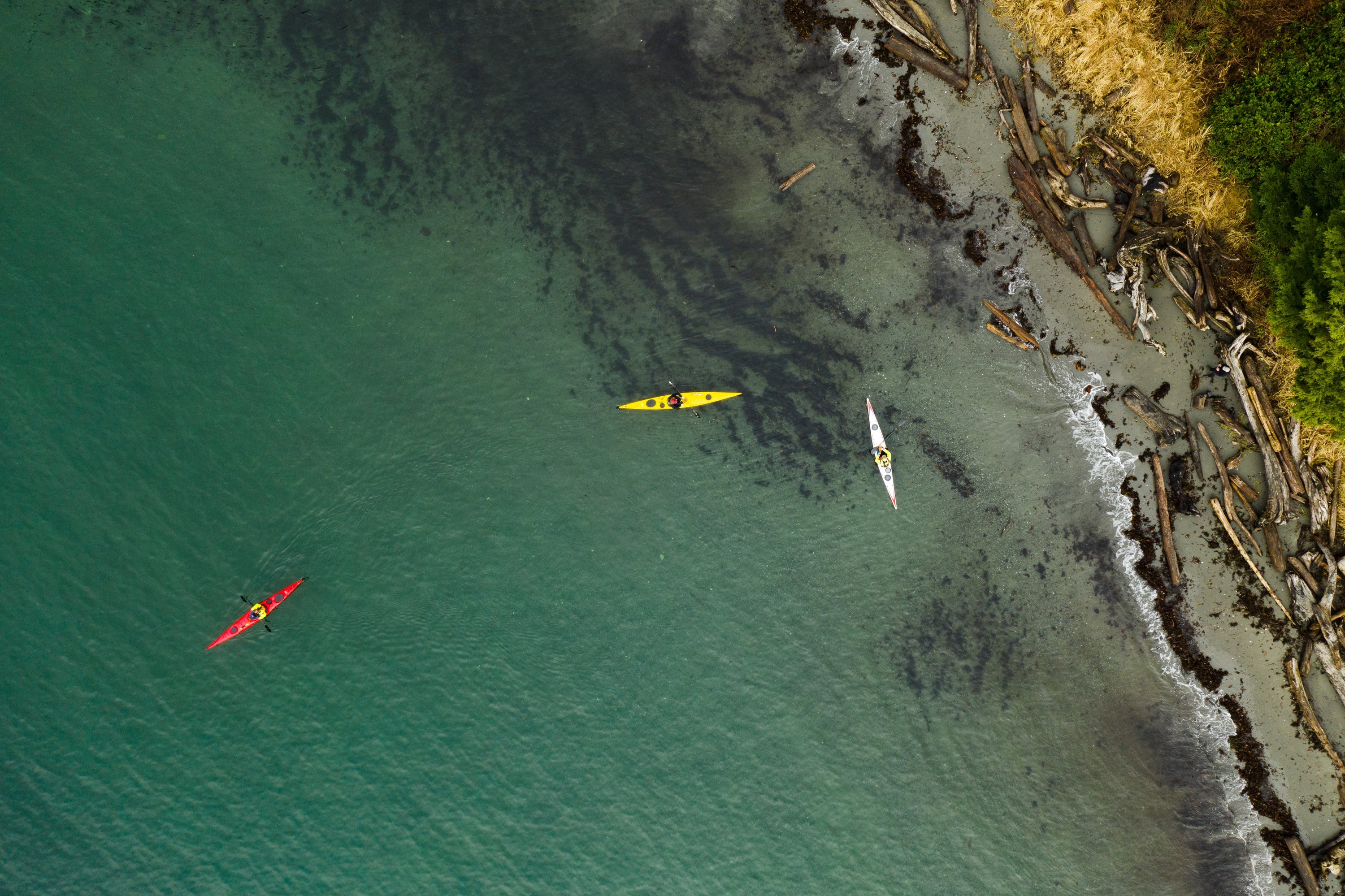
BC Marine Trails Code of Conduct
As the popularity of marine adventures continues to grow, so does the impact of camping in coastal areas. The increased traffic has led to damaged vegetation, excess human waste, and disrupted cultural sites. The BC Marine Trails (BCMT) Code of Conduct addresses the problem with a set of sustainable guidelines that, when followed, aim to reduce the impact of remote camping and help safeguard access to British Columbia's coast.
"We're all looking for those more extreme experiences," says Gina Gotch, BCMT Director. "The more remote, the better. The more pristine someone can leave their camp, the better for other people who then will get that feeling of really being out there."
As of 2023, BCMT initiated a Coastal Caretaker Program to create a community of people who visit sites, observe changes, share information with other visitors, cleanup sites and submit data to keep site information up to date. To learn more visit https://www.bcmarinetrails.org/coastal-caretakers/

The non-profit, volunteer-based BCMT identifies and maps marine access points and public recreation sites from Victoria to the edge of Alaska. Their interactive map provides a valuable tool for trip planning, showing campsite locations, recreational routes, and now, real-time Site Condition Reports. BCMT’s dedication to environmental stewardship is what sparked the creation of the Code.
While Leave No Trace has become a set of dependable practices for backcountry enthusiasts, not all are directly transferable to a marine environment. "The problem for BC Marine Trails was in recognizing that, if formally adopted, certain Leave No Trace principles do more harm than good," says John Kimantas, author and former Operations Assistant for BCMT.
An example of this discrepancy is using durable surfaces for camping to prevent erosion and destruction of vegetation in the backcountry. When it comes to the coast, this will point people towards rock bluffs. These bluffs host incredibly delicate ecosystems that are easily damaged.
Another is that marine campsites are often compact and experience far more erosion, so digging catholes to bury human waste (when composting toilets aren't available) is not advisable. Neither is spreading out to minimize the impact as it causes trampling of plant life. Instead, campers should use tidal disposal when appropriate or pack their waste out.
A common misconception regarding campfires is that creating fire rings is the most appropriate approach. "On the coast, moving rocks has a huge potential impact on First Nations heritage and culture. You could be destroying burial mounds, middens or ancient fish weirs [by moving rocks]." While the only ecologically responsible campfire is no campfire at all, there are few steps that can be taken to reduce one’s environmental, aesthetic and safety footprint.

Proper campfire: below high-tide line, driftwood no larger than width of wrist (no upland foraging)
The quick summary video of the BC Marine Trail Code of Conduct:
Download a pocket version of the code of conduct HERE
The Code of Conduct was built with stakeholder consideration, FN engagement and extensive research on recreational ecology. BCMT recently created an online classroom around the Code, which is live now and available here: CoC education course. The free resource will be provided to future guides, outdoor education schools and recreationists in hopes of raising awareness on what respectful and sustainable coastal recreation looks like.
Seven locations along the BC Coast have been equipped with Code of Conduct signage, and BC Marine Trails is working with regional, provincial, and national parks to extend their reach.

BC Marine Trails has also introduced a new feature to improve trip planning: Site Condition Reports are now visible on their member map. These reports, marked by orange pins, provide real-time updates on site conditions, including photos and key details shared by fellow recreationists. In addition to general site conditions, the reporting system now includes marine debris reporting, allowing visitors to document debris they collect during personal beach cleanups. These reports help coordinate with removal partners to ensure collected debris is properly disposed of.
The goal is that everyone camping along the BC Coast will understand the implications of improper coastal recreation and adopt best practices to reduce their impact. Each individual has the opportunity to lead by example and preserve these places for future generations.
"British Columbia is relatively unique in that the vast majority of its coast is undeveloped and in a near-natural state," says John. "We can't love the coast to death. The Code of Conduct is a way to avoid that." By following the Code of Conduct, coastal visitors can ensure that their use does not lead to cumulative degradation of the places they love to visit. It's a small piece of the puzzle, but it's a start that can snowball.
Learn more about the BC Marine Trails